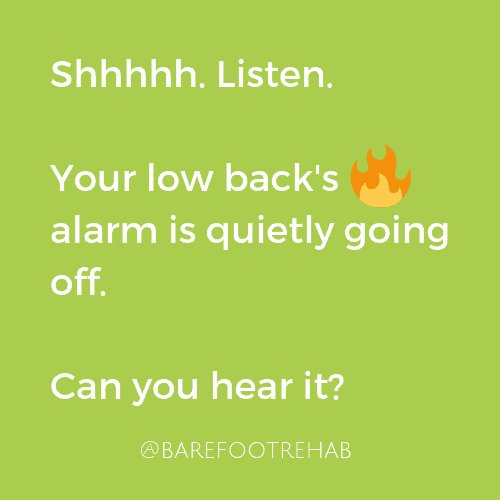
09 Jan Shhhh! Quiet Lower Back Pain Symptoms As Early Warning Signs
Remember when you were a 3 year-old walking wrecking ball and full of breast milk, snot, and poop? Don’t worry, I promise to tie this into your lower back pain symptoms.
Your mom told you:
Don’t touch the plate up on the counter because it might fall on your head and you’ll get hurt.
With a strong-willed mindset of experientally exploring your world, you grab the plate, only to have it hit you on the head on the way to the ground as you fall on your butt, sit stunned, and begin wailing up a teary-eyed hurricane.

We can all agree that it would be really difficult for a child to learn through someone else’s mistakes instead of our own.
The brilliant thing about being a conscious, intelligent adult is that your mom can tell you not to hurt yourself by NOT taking that action and you’d listen.
Listening and taking action when the problem is hardly a problem is the key to choosing the path that keeps you as pain-free as possible 20-30 years into the future.
Arguably, the most common joint that prematurely ages and causes chronic pain later in life, limiting all of the activities we humans love to do, is the low back.
What most don’t realize is that there are some extremely obvious signs of low back disc damage that seem like benign issues RIGHT NOW until a few years down the road when there’s no going back to the low back you had as a young one.
What might turn into a wildfire, loudly blaring the fire alarm, is currently a whisper as the alarm is aware of the slow fire starting in your low back.
Pain is Your Body’s Fire Alarm
Your body evolved to survive your environment.
Nerves sense by seeing, touching, hearing, smelling, and feeling.
The reason you sense is so you can take actions to keep your meat suit alive.
It would be insanely energy expensive to waste resources on sensing if it weren’t to serve a purpose.
PAIN = YOUR BODY’S FIRE ALARM
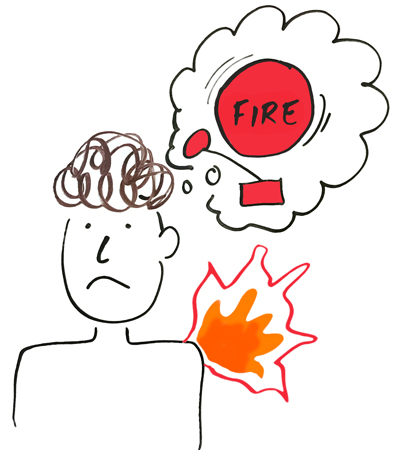
The pain is trying to tell you:
Hey (your name) up there in the conscious mind, the tissue is damaged down there, stop doing what you’re doing, putting stress on me, so I can put the fire out!
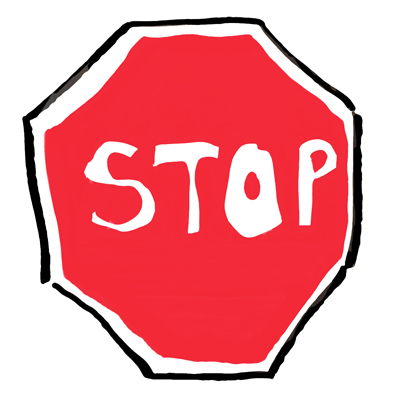
Practically speaking, when you neglect your pain, you’re increasing the risk that you’re going to seriously damage a joint. Once you damage those, there’s no getting new joints back (excluding new technologies such as stem cells and joint replacements which haven’t been optimized yet).
If you’re quiet enough to hear the quiet lower back pain symptoms and do something differently than you’re doing, you can drastically change the future of your body as a wise, old man or woman.
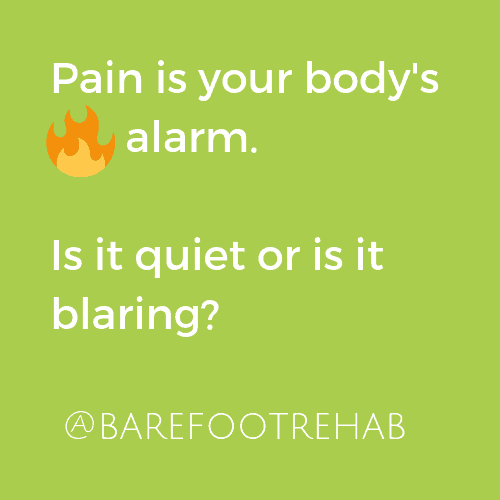
The goal here is to prevent you from making mistakes that you regret.

There are 3 Early Warning Sign Lower Back Pain Symptoms indicating a DISC problem to be on the lookout for a quiet alarm and the start of a tiny fire:
- Stiffness getting out of bed in the morning for 2-60 minutes.
- Lower back tightness after sitting for a period of time.
- Previous occurrences of lower back spasms that last from 1-10 days.
#1: Stiffness getting out of bed in the morning for 2-60 minutes
No guys, we’re not talking about that stiffness. You’re sick.
We’re talking about stiffness in your low back as soon as you roll out of bed, put your feet on the ground, and try to stand up.
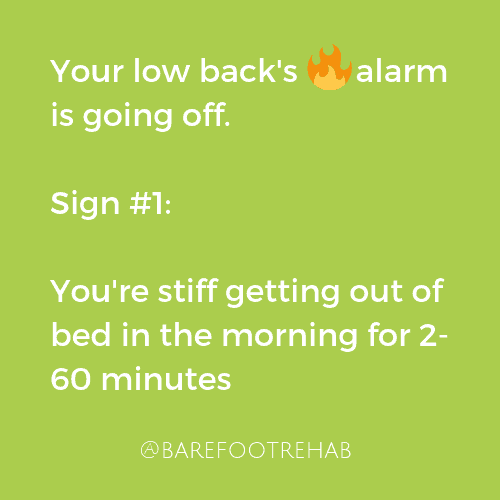
There’s your old friend!
Some people immediately jump in a hot shower to get the muscles moving.
Others do some stretching like hip openers or cat-cow before even getting out of bed.
Those things are great to do, until months to years go by and the stiffness gets stiffer and lasts longer.
This stiffness is Early Warning Sign #1.
Your disc is damaged and is being overused by:
- how long you sit.
- how you exercise.
- generally, how you move your body.
An interesting correlation I’ve discovered is that when some people exercise, they don’t have any pain during a workout or the night of the workout, but there low back will be stiffer the morning after a workout and then less stiff 2-3 days after a workout.
That means:
You’re exercise is slowly and permanently damaging your low back, sunshine.
Once you’re downstairs eating breakfast, the pain becomes minimal until you get to work and sit.
#2: Lower back tightness after sitting for a period of time.
Trying to work when your lower back starts to tighten can literally threaten the financial livelihood of your home.
Most people learn to function by taking breaks to drink water or use the potty, or by buying a fashionable stand-up desk, trading one evil for another with a posture that they’re not going to be able to maintain, long-term. Instead of having a work environment that promotes multiple work postures like ours.
FYI – I like pirates.
The key point is tightness isn’t just tightness.
The tightness is pointing at the fact that your discs are angry and they’re trying to protect themselves by CONTRACTING your muscles.
Your brain is literally activating muscles for the purpose of taking stress off of the discs in your low back.
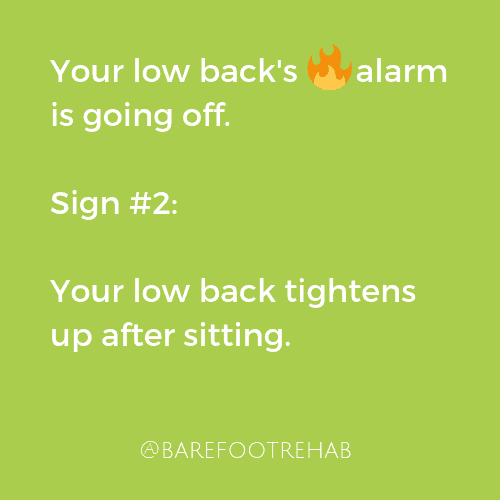
Opposed to popular thought, tightness does NOT come out of nowhere and always has a cause.
Your body is unbelievably adept at adapting, until it can’t adapt anymore.
Because death, taxes, (and aging) are life’s only guarantees, learning how to age gracefully by HEARING lower back pain symptoms such as tightness can provide huge dividends decades down the road.
We’ve covered the morning and middle of the day symptoms. What about looking back at your past?
#3: Previous occurrences of lower back spasms that last from 1-10 days.
You had lower back pain symptoms several years ago that debilitated you.
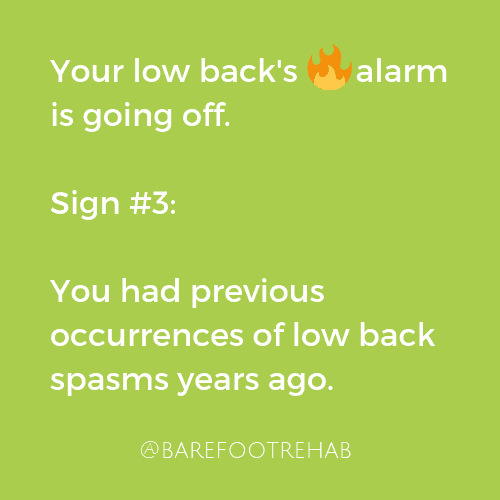
If memory serves you, you remember hardly being able to stand up straight, feeling your muscles in spasm, pain that was above 7 out of 10 on the 0-10 pain scale (0=no pain, 10=worst pain ever).
Looking in the mirror, you may have noticed that your hips were shifted to the side (A hallmark disc symptom called antalgia, which in Latin means, “away from pain”. Your body is getting its way, shifting your body off of the damaged area, without your conscious say.)
This episode lasted anywhere from 1-10 days several years ago.
The next year it happened again.
Lately, it’s been occurring 2-3x per year and the episodes are lasting longer.
The reason this is happening is because your disc is getting more damaged due to:
- the stress you’re putting on your low back
- the problems in your low back that you haven’t dealed with (yet!)
Looking at your body through the lens of your daily life and the past few years, you can start to tease out data that support empowered choices moving forward.
Listen To Your Lower Back Pain Symptoms
Listen to your body.
Be mindful of what it has been trying to tell you.
This advice isn’t sexy and won’t get a lot of attention or clicks.
A small percentage of people who find this page will see the wisdom in the listening and do something differently than before.
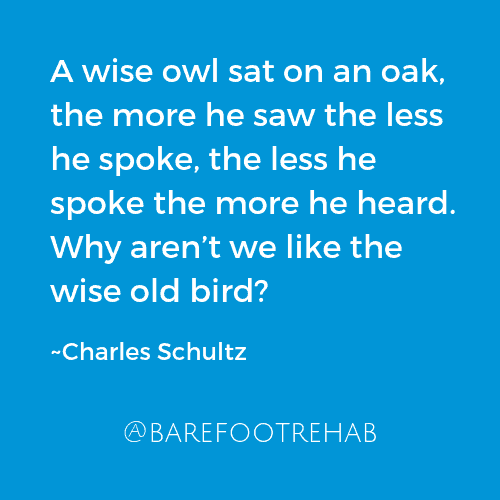
Wisdom is “hearing” so we can put the fire out before it takes the whole damn house down.
Now, we can proceed learning from what our other mother, Mother Earth, has to tell us about our body and make sure our head doesn’t get bonked as we let our lower back’s fire get out of control.
If you’re ready to measure how healthy (or sick) your low back is at this point in time, find a friend and take 60 seconds to perform the Pencil Test.
It’ll let you know how severe your discs are damaged and how much adhesion you have in your low back.
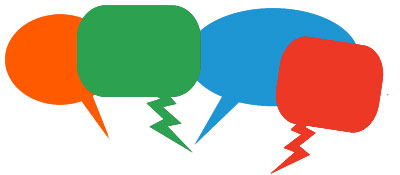 I’m curious, with newfound perspective of your lower back pain symptoms, what did the pausing and stillness tell you to do differently? Feel free to share in the comments below.
I’m curious, with newfound perspective of your lower back pain symptoms, what did the pausing and stillness tell you to do differently? Feel free to share in the comments below.



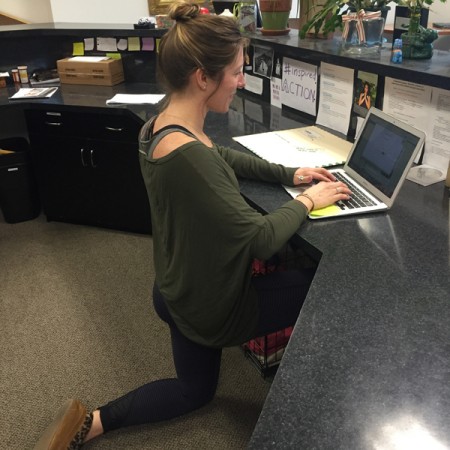


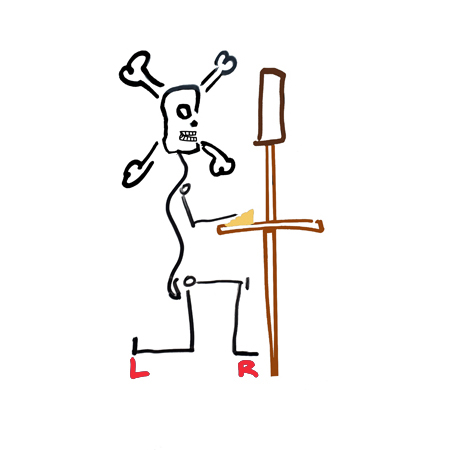
No Comments